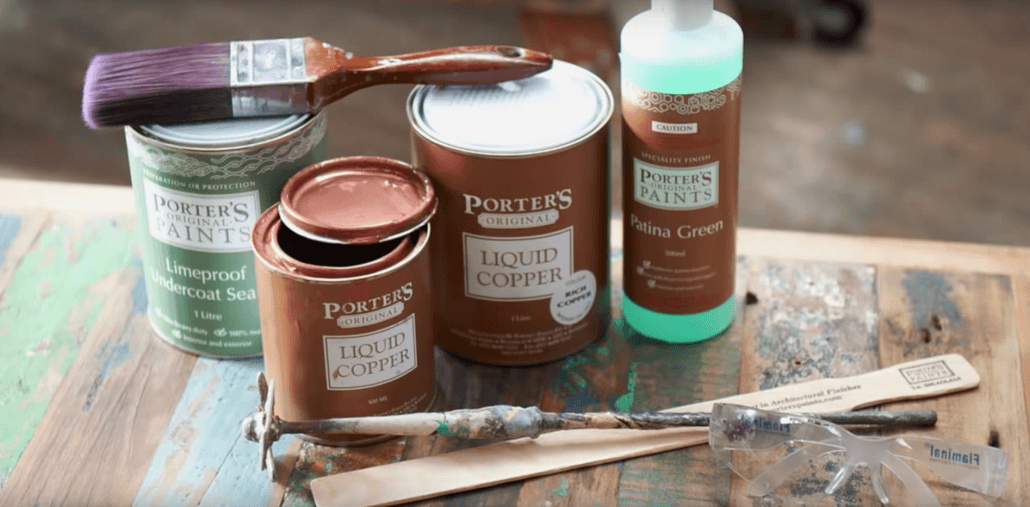

The higher sulphur dioxide content above 17.7 g

Samples were evaluated by mass change, digital image analysis, spectrophotometry, scanning electron microscopy (SEM), X-ray photoelectron spectroscopy (XPS) and X-ray diffraction (XRD). m−3) and surface pre-treatments (grinding, pre-oxidation and pre-patination) prior to the patination process.The studied parameters were humidity (condensation and condensation/drying), sulphur dioxide concentration (4.4–44.3 g The patination process was based on patina formation from a humid atmosphere containing sulphur dioxide.

This work investigates the possibility of obtaining a stable artificial patina based on brochantite in a more reasonable time. Natural copper patina is usually formed over several decades. The varnish filled with pigment provides sufficient adhesion to the metallic copper substrate as well as long-term color stability in the outdoor atmosphere. The ideal immobilization procedure includes ethylacetate as a solvent and mechanical dispersion. Ferrous ion improves pigment color closer to natural copper patina. Fast filtration limits backward pigment decomposition. Slow hydroxide addition allows the formation of brochantite pigment. Pigment containing varnishes were evaluated by means of spectrophotometry, optical profilometers, and pull-off test. Observed parameters were influenced by solvent type, mechanical or chemical dispersion, and natural aging in an aggressive outdoor atmosphere. Subsequent pigment immobilization in an acrylate varnish was also studied. The prepared pigments were evaluated by means of X-ray diffraction and spectrophotometry. The studied parameters were addition rate, solutions concentrations, ferrous ion addition, and filtration time. The pigment was prepared by slow additions of sodium hydroxide solution into the solution of copper sulphate. The article deals with the preparation of artificial copper pigment based on brochantite.


 0 kommentar(er)
0 kommentar(er)
